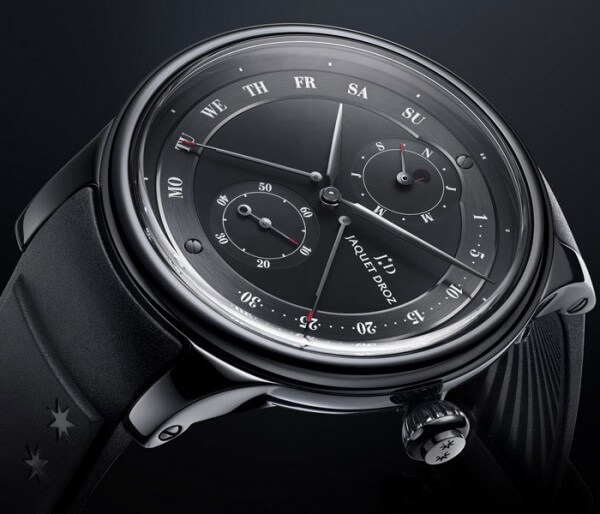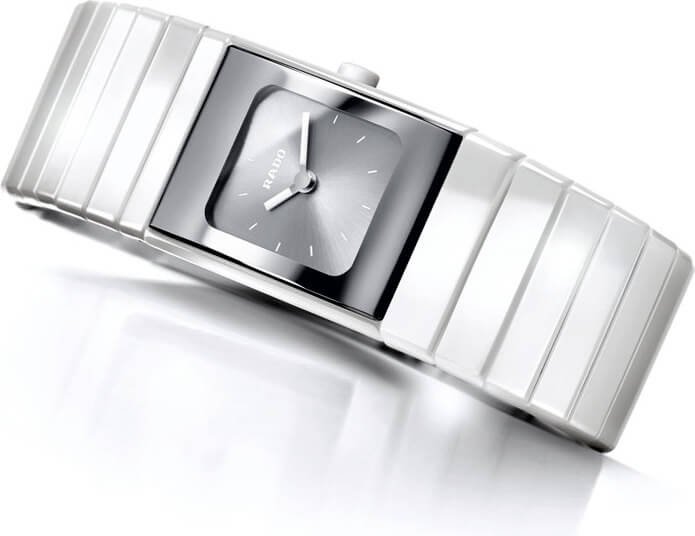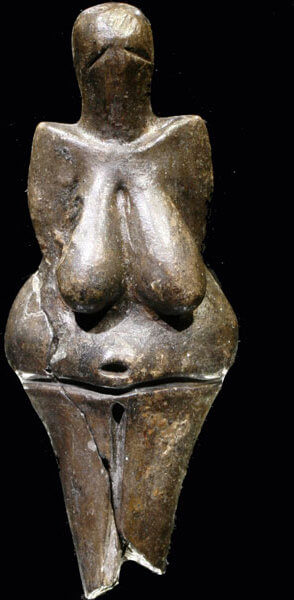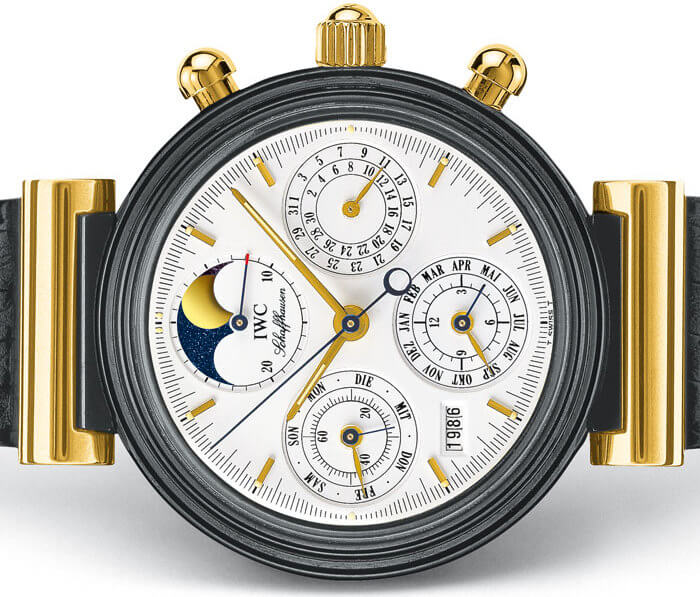In autumn 2009, gold – a favourite coat of many colours for technical and precious fine watches – came in at $680 an ounce. Early September 2011, the self-same ounce cost in excess of $1,900 on the New York Mercantile Exchange (NYMEX), a 182% increase in just two years. Needless to say, such a price hike is a headache for watchmakers, who can’t pass on this additional cost in full. Combined with the strong Swiss franc, spiralling gold prices are eating away at margins, prompting brands to start putting the brakes on expenditure. When it comes to raw materials, though, a solution could be in sight: by presenting high-tech ceramic as the latest must-have, watch companies can sidestep at least part of the problem.
Rado leads the way
First to take the plunge was Rado, as the brand recalls: “In the mid-1980s, Rado engineers discovered a substance that fulfilled all the requirements of hardness, innovation, durability, brilliance and skin-friendliness, but had not been used in the watch industry before: high-tech ceramics. Extremely resistant, it had been applied in medicine, Formula 1 motor racing, and on the heat shield that enabled the Space Shuttle’s re-entry into the earth’s atmosphere. Our pioneering application of this material led to the iconic Rado Ceramica watch.”
Since then, Swatch Group has become a specialist in ceramic. One of its companies, Asulab, has developed a Ceramic Injection Moulding (CIM) technique. Another, Comadur, specialises in “technologies and materials that expand the limits of the possible when it comes to hardness, precision and miniaturization,” including ceramic. Jaquet Droz, also Swatch Group, is one beneficiary of this expertise. Ceramic cases have been a hallmark of the brand since 2008. Possibly the ultimate in this field, its Quantième Perpétuel Céramique incorporates a perpetual calendar, hours and minutes in the centre, small seconds at 6 o’clock, retrograde date and day, month and leap year at 12 o’clock.

Chanel takes up the torch
However, it took Chanel’s launch of the J12 in 2000 for ceramic to win its stripes. Designed by the late Jacques Helleu, the Maison’s artistic director for 50 years, this now iconic timepiece blazed a trail with a material only Rado had used before: non-corrodible, inalterable, scratchproof ceramic. With a hardness of 9 on the Mohs scale, just under diamond with a maximum hardness of 10, and well above steel (5) and gold (2.5), Chanel has taken ceramic to the brink in terms of colour but also complications, with a chronograph, dual time zone, tourbillon, even a “mystery retrograde” movement with retractable crown, created by Renaud & Papi. Chanel’s latest development to date, presented at this year’s Baselworld, is the J12 Chromatic. Its titanium ceramic, which produces constant shifts in colour, is exclusive to the brand in its composition, as well as machining and finishing techniques.
Since then, numerous watch companies have entered the fray. Some have used ceramic for external parts, especially cases and bezels, others for movement parts such as ball bearings that require no lubrication. Put simply, ceramic is everywhere, from Tag Heuer’s Formula 1 Lady Steel & Ceramic to the new Royal Oak Offshore chronographs by Audemars Piguet, the recent Rolex Oyster Perpetual Cosmograph Daytona, or the Hublot F1 King Power Tourbillon King Gold Ceramic. Not forgetting the Dior VIII collection, unveiled this year with a ceramic case and bracelet. Panerai has given its Radiomir 8 Days Ceramica 45mm a ceramic case, and even premiered synthetic ceramic for its Luminor Composite 1950 3 Days 47mm. Ceramic too for Jaeger-LeCoultre and its Master Compressor Chronograph Ceramic and AMVOX 5 World Chronograph Racing.
Of course the list could go on, given the abundance of watches in all price ranges that have fallen for ceramic’s good looks. As a serious alternative to other materials, ceramic is proving that even without the glitter, it is as good as gold.



















